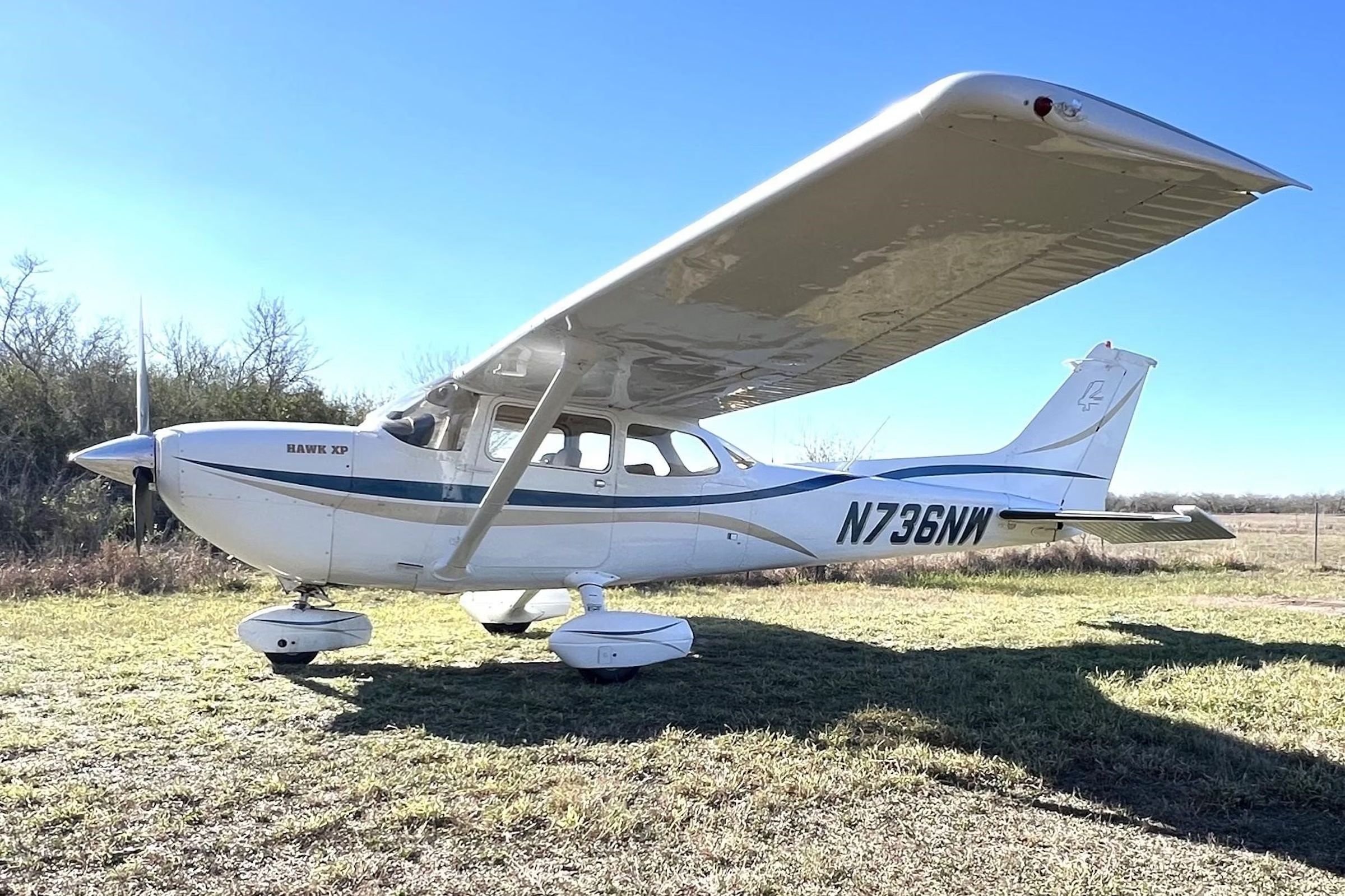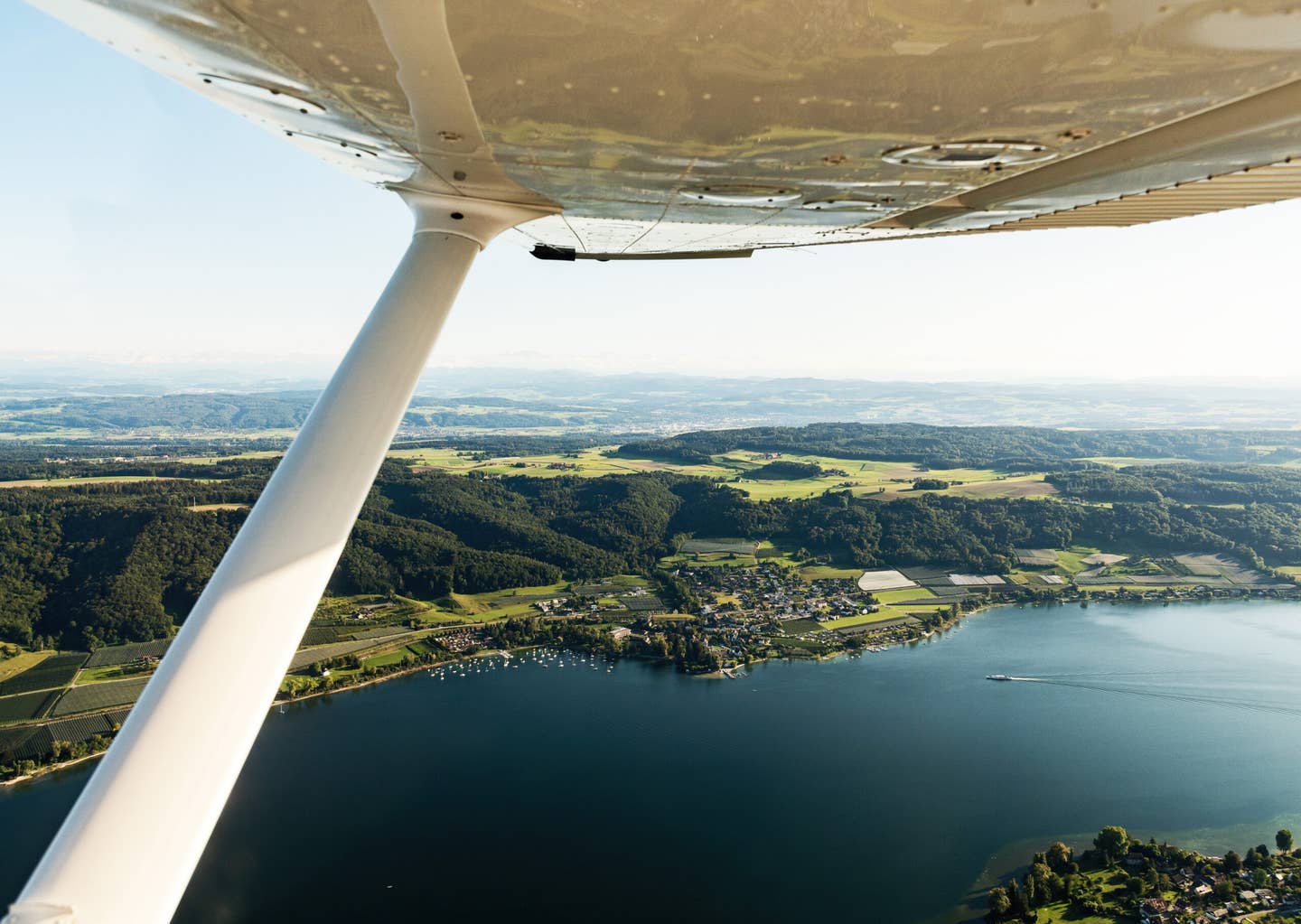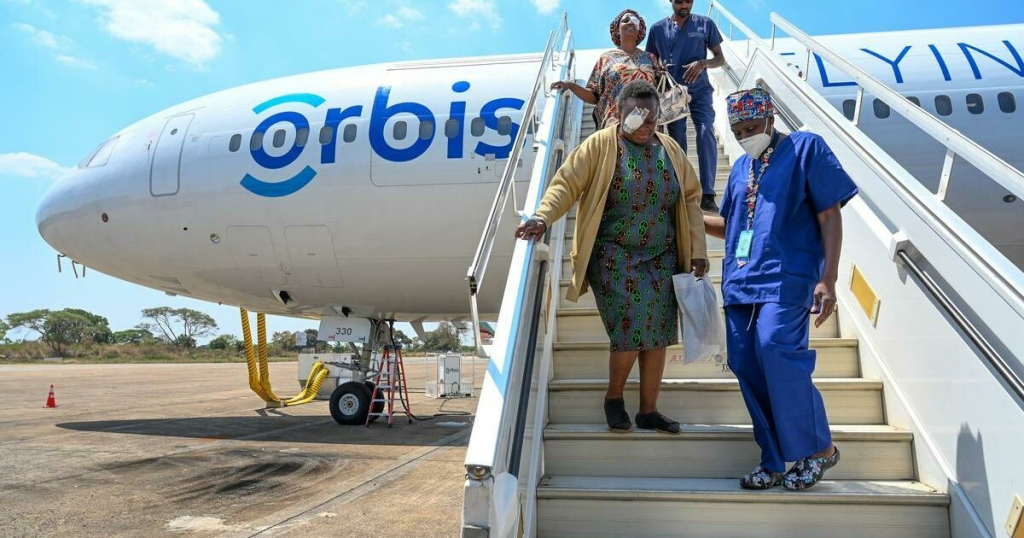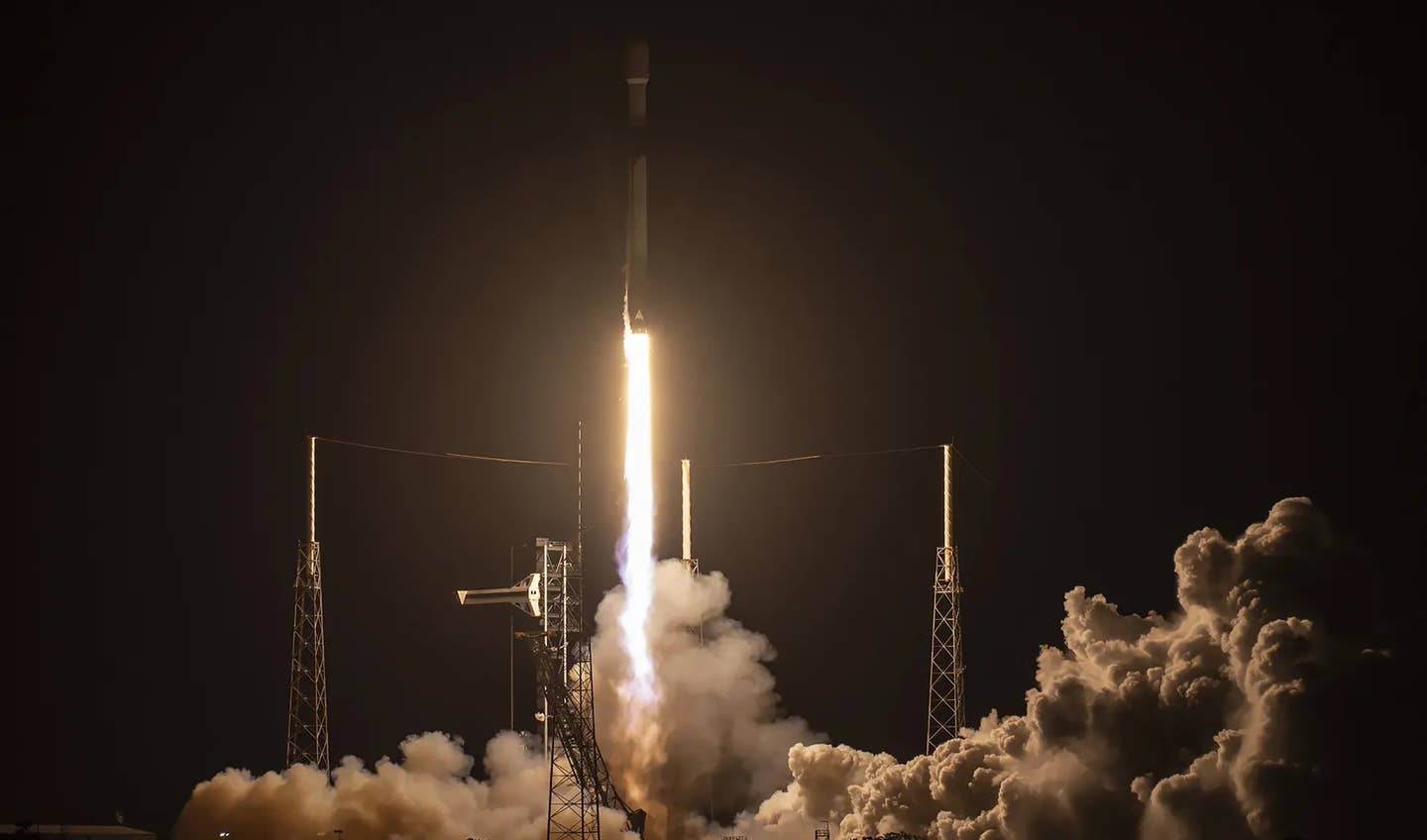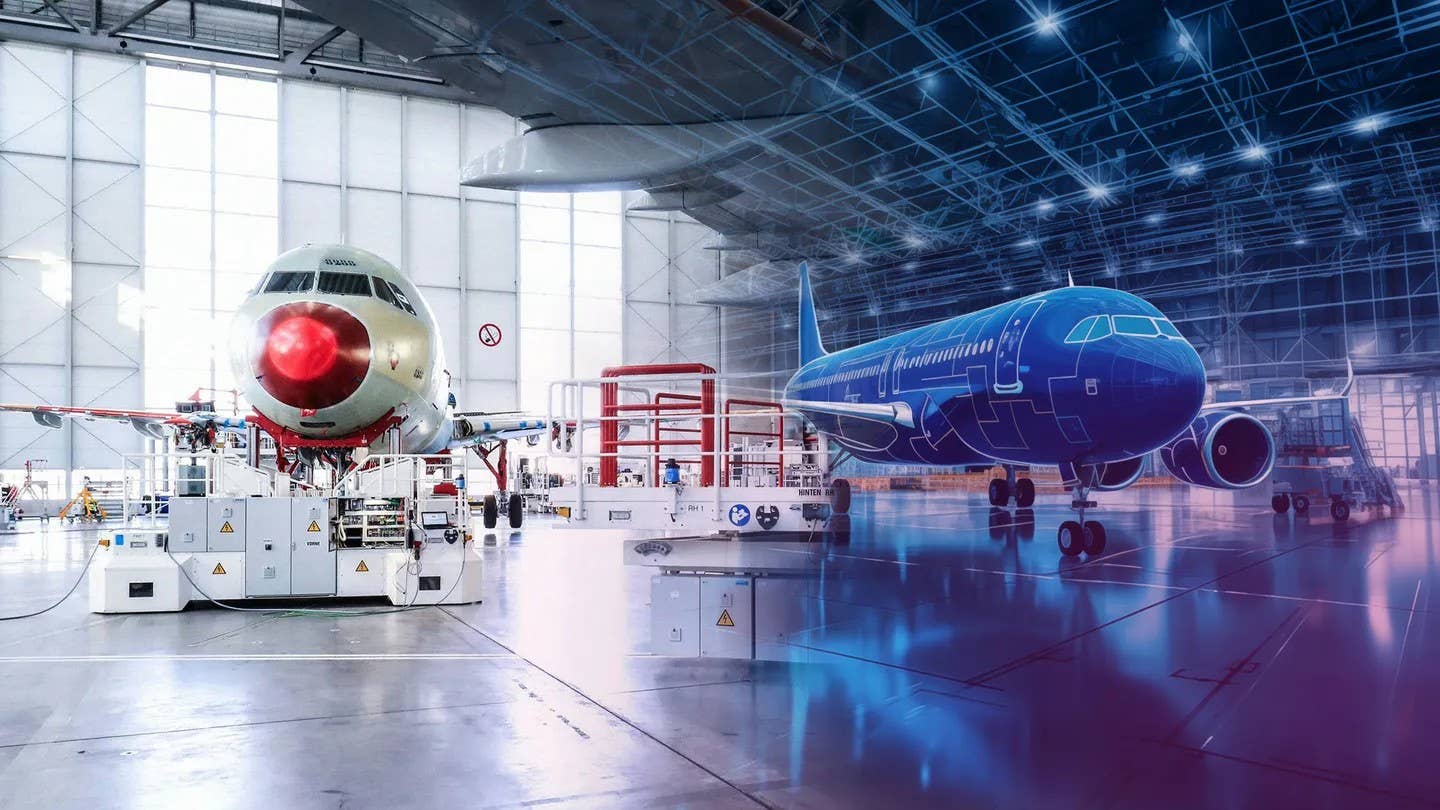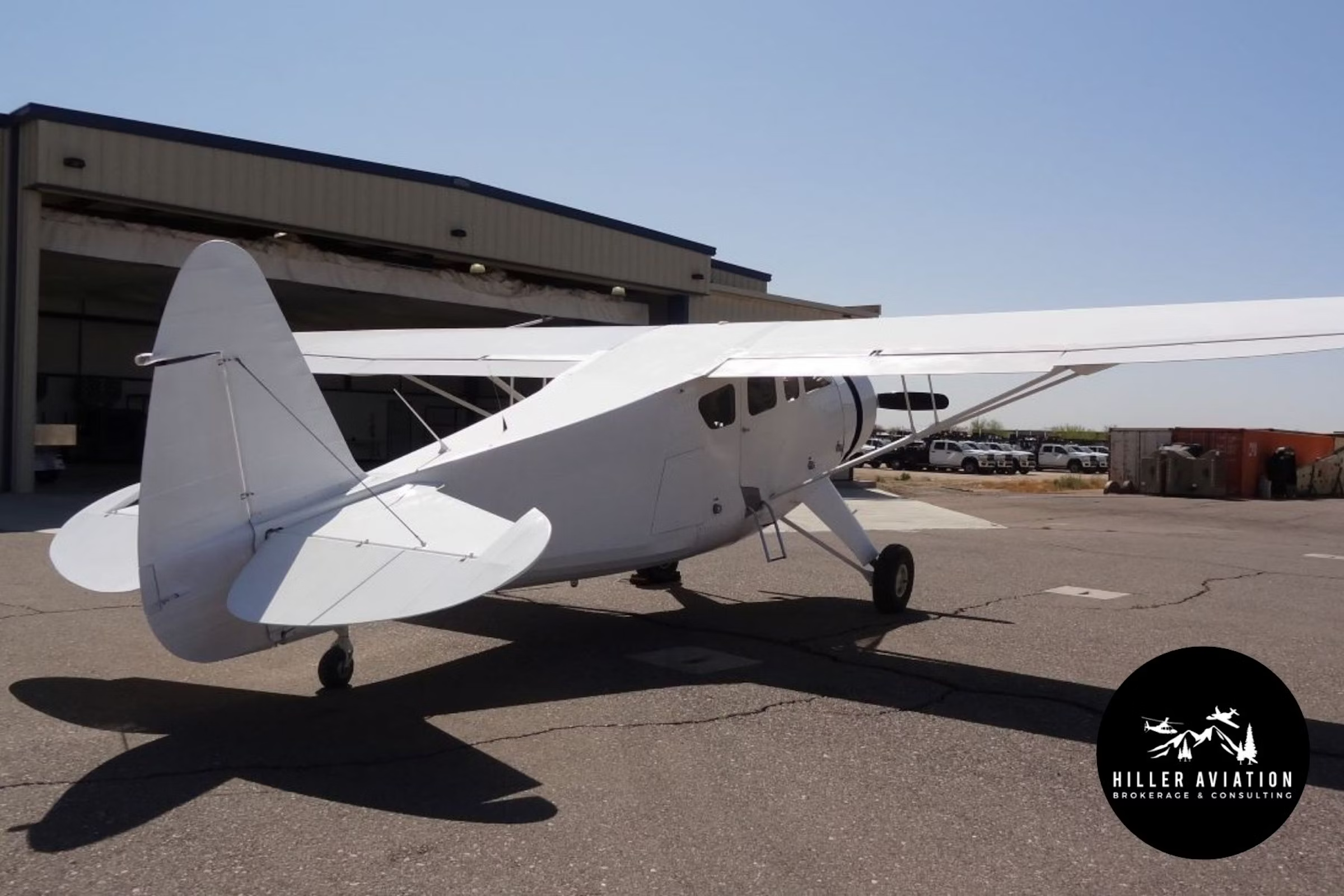Pilot of Drone That Grounded Blaze-Battling ‘Super Scooper’ Pleads Guilty
Peter Tripp Akemann of Culver City, California, faces up to one year in federal prison for the accident.
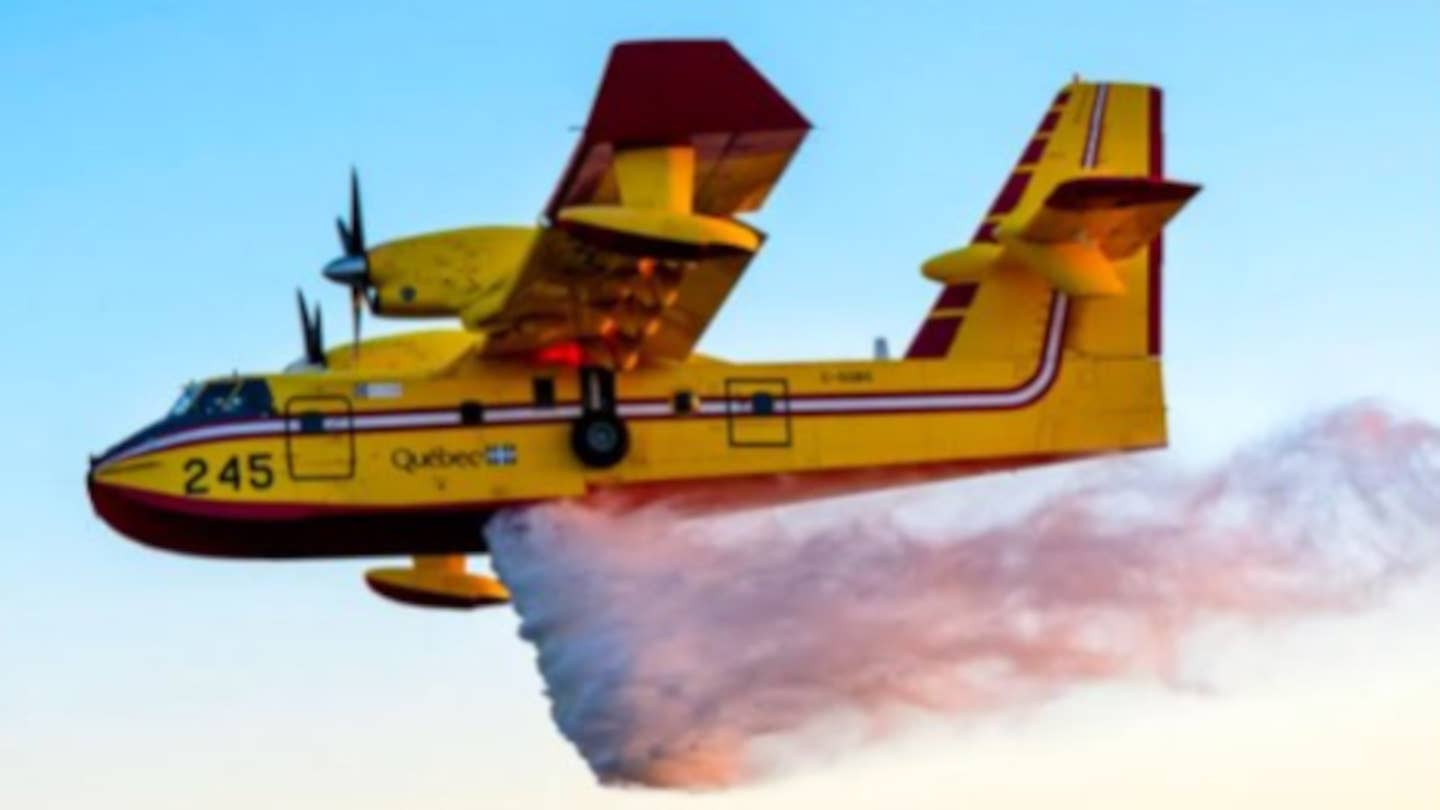
A Bombardier Canadair CL-415 fighting wildfires in California last month was grounded after a drone punched a hole in its wing. [Courtesy: Los Angeles County Fire Department]
The pilot of a drone that punched a fist-sized hole in an aircraft battling wildfires near Los Angeles in January pleaded guilty to criminal and misdemeanor offenses, according to a release from the U.S. Attorney’s Office for California’s Central District.
Peter Tripp Akemann, a 56-year-old resident of nearby Culver City, faces up to one year in federal prison, community service, and restitution to the Government of Quebec for his role in the incident, which grounded the Bombardier Canadair CL-415 "Super Scooper" sent by Canada to help fight the fires. Interfering with aerial firefighting operations is a federal crime.
Akemann pleaded guilty to one count of unsafe operation of an uncrewed aircraft—a misdemeanor—and admitted he flew his drone recklessly and illegally. As part of the plea deal, he will be required to fully repay the Government of Quebec and an aircraft repair company, which spent about $65,000 to get the Super Scooper back in the air. Akemann must also complete 150 hours of community service and could face prison time if convicted of the misdemeanor.
The FAA could also fine Akemann up to $75,000 and suspend or revoke his drone pilot license for violating the temporary flight restrictions (TFRs) it created after the fires broke out.
“This damage caused to the Super Scooper is a stark reminder that flying drones during times of emergency poses an extreme threat to personnel trying to help people and compromises the overall ability of police and fire to conduct operations,” said Joseph McNally, acting U.S. attorney. “As this case demonstrates, we will track down drone operators who violate the law and interfere with the critical work of our first responders.”
Per the plea agreement, Akemann launched his drone from the top floor of a parking garage and flew it more than 1.5 miles before losing sight of the aircraft. With some exceptions, mainly for commercial drone delivery providers, the FAA restricts drone flight beyond the visual line of sight (BVLOS) of the pilot.
After visual was lost, the drone collided with the Super Scooper, which was carrying two crewmembers. The accident caused a temporary pause in all aerial firefighting assistance responding to the Palisades Fire.
The FBI led the investigation with support from the FAA, Department of Transportation, Los Angeles Fire Department, and California Department of Forestry and Fire Protection (CAL FIRE).
The FAA last month told FLYING that fire officials reported “multiple, unauthorized drones” within the Los Angeles-area TFRs, posing a threat to other aircraft. The agency last year levied more than $300,000 in fines against drone pilots who violated federal regulations.
Like this story? We think you'll also like the Future of FLYING newsletter sent every Thursday afternoon. Sign up now.

Sign-up for newsletters & special offers!
Get the latest FLYING stories & special offers delivered directly to your inbox

